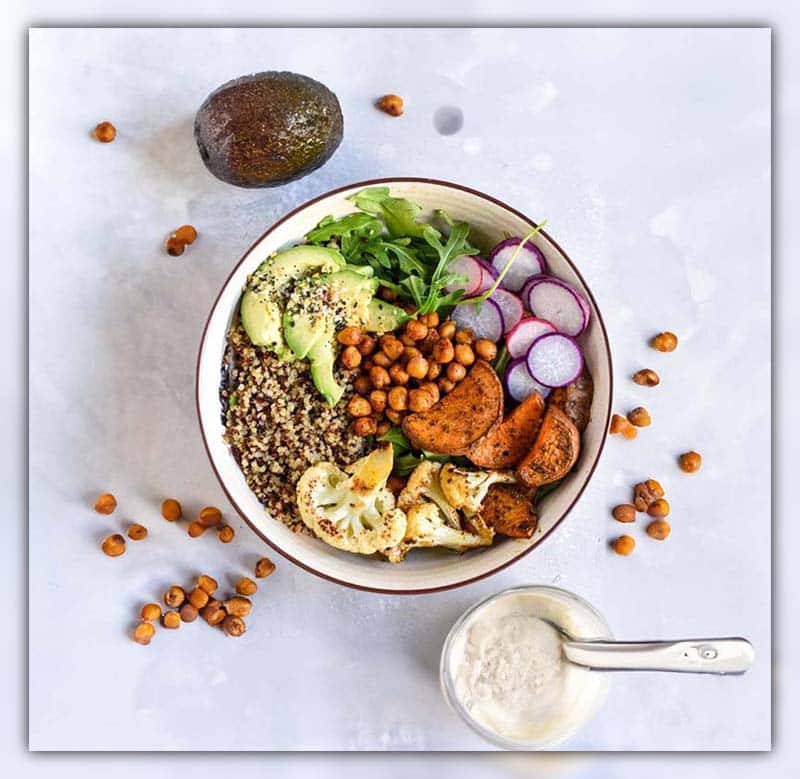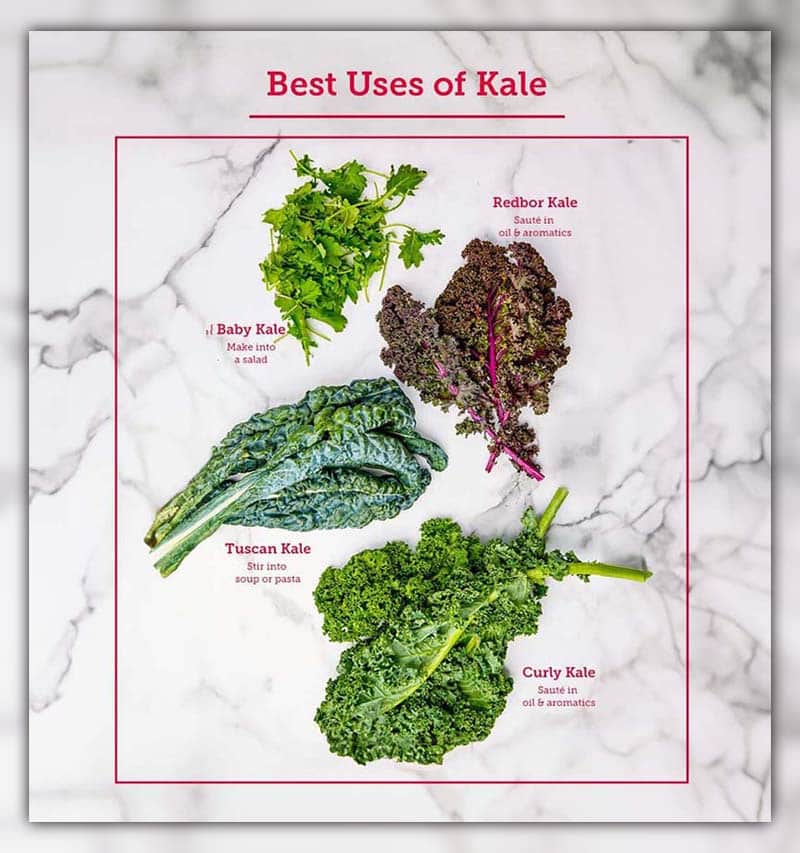
Stretch marks are commonly associated with weight gain, but it’s essential to recognize that they can also be a concern after significant weight loss. In this blog, we demystify stretch marks after weight loss and share guidance on handling them.
What is Stretch Marks after Weight Loss?
Stretch marks, clinically known as striae, are like thin lines or bands on your skin. They often show up when your body changes in size or shape. Stretch marks from lifting weights are also a common phenomenon for many.

When you gain weight, your skin can stretch, but the stretch marks aren’t very noticeable then. It’s when you have stretch marks after weight loss cause these hidden stretch marks can become more visible on your skin. In cases like 5 kg weight loss before and after or even 8kg weight loss before and after, one may observe these changes.
Stretch marks after weight loss can come in different colors, like red, blue, pink, or purple. This depends on how much the small blood vessels underneath your skin get affected. Even though stretch marks are common, they can worry people who’ve lost a lot of weight because they become more obvious as the skin tightens up. For those who are particularly conscious, they may seek pictures of stretch marks before and after weight loss to gauge what to expect.
Causes of Stretch Marks after Weight Loss

Stretch marks after weight loss can be attributed to several key factors:
Excess Skin: One of the primary causes of stretch marks after significant weight loss is the presence of excess skin. When you lose a substantial amount of weight, especially rapidly, the skin may not have enough time to adapt to the reduced body size. This excess skin can create tension and pressure on the healthier areas of the skin, leading to stretching and potential scarring, which appear as stretch marks.
Loss of Skin Elasticity: During the weight loss process, the skin undergoes a significant reduction in volume. This loss of volume can affect the skin’s elasticity. As the skin contracts to fit the smaller body size, it may not regain its original elasticity completely, resulting in the formation of stretch marks.
Collagen and Elastin Damage: The stretching of the skin during weight gain or pregnancy can lead to damage or thinning of collagen and elastin fibers, which are responsible for maintaining skin elasticity. When these fibers are compromised, the skin’s ability to return to its normal state after stretching is diminished, contributing to the development of stretch marks.

Weight Fluctuations: Both weight gain and weight loss can disrupt the skin’s collagen and other connective tissues. This disruption can lead to the appearance of stretch marks. Initially, these marks may have a purplish or bluish hue but typically fade over time, often resembling the individual’s natural skin tone.
Genetic Factors: Genes can influence whether you develop stretch marks. Approximately 90% of women get stretch marks after pregnancy or weight loss, but some people are genetically fortunate and don’t get them.
It’s important to note that while stretch marks can be a common consequence of significant weight loss, they are not necessarily a sign of poor health. They are a natural response of the skin to changes in body size and shape.
Do Stretch Marks Disappear after Weight Loss?
Stretch marks do not completely disappear after weight loss. While they may fade from red to silvery white over time, their texture remains the same. Although they are challenging to eliminate entirely, there are various treatments that can reduce their appearance.
How to Prevent Stretch Marks After Weight Loss?

Fortunately, there are steps you can take to help prevent them:
- Gradual Weight Loss: To reduce the risk of developing stretch marks after weight loss, aim for a gradual weight loss of about one percent of your body weight per week. Rapid weight loss can strain the skin and increase the likelihood of stretch marks.
- Stay Hydrated: Hydrated skin is more elastic and less prone to stretch marks after weight loss. Make sure to drink enough water daily to maintain skin suppleness. Limiting caffeine-rich beverages like coffee can also be beneficial.
- Vitamin D Intake: Low levels of vitamin D have been linked to a higher prevalence of stretch marks after weight loss. Maintaining adequate vitamin D levels can help prevent stretch marks from forming.

- Maintain a Consistent Weight: One of the most practical strategies to avoid stretch marks is to sustain a stable weight. Excessive stretching or rapid changes in weight can disrupt collagen production, contributing to stretch marks. Adopt a balanced diet and regular exercise to achieve and maintain a healthy weight.
- Seek Professional Advice: If you’re concerned about stretch marks, consider consulting a dermatologist. They can provide guidance on preventive measures and potential treatments tailored to your needs. Keep in mind that certain treatments may carry associated risks, especially during sensitive periods like pregnancy.
How to Remove Stretch Marks after Weight Loss Naturally?

If you already have stretch marks from weight loss, there are natural methods to help reduce their appearance:
- Self-Tanners: Self-tanning products can camouflage stretch marks by evening out their color, making them blend better with your surrounding skin. Avoid traditional tanning methods as they can compromise skin health.
- Makeup Application: For temporary coverage, use a foundation matching your skin tone to effectively conceal stretch marks.
- Topical Solutions: Explore creams and ointments specifically designed to improve the appearance of stretch marks. Choose products suitable for your skin type.
- Clothing Choices: While longer sleeves or pants can cover areas with stretch marks, don’t let these blemishes dictate your fashion choices. Wear whatever makes you feel confident.

- Nutrient-Rich Diet: Prioritize foods rich in protein, zinc, and vitamin E. These nutrients support collagen synthesis in the skin, enhancing its resilience and elasticity.
- Avoid Crash Diets: Crash diets can lead to rapid expansion and contraction of the skin, causing stretch marks after weight loss. Embrace a balanced lifestyle with gradual weight loss, exercise, and a nutritious diet to maintain skin health.
Stretch Marks after Weight Loss: Diet Plan
Here is a list of specific foods that can be particularly beneficial for preventing and reducing the appearance of stretch marks after weight loss.
Fruits and Vegetables:

- Blueberries: Rich in antioxidants, vitamins, and can support heart health.
- Strawberries: High in vitamin C, manganese, and contain powerful antioxidants.
- Kale: Packed with vitamins A, K, and C, as well as minerals like calcium and potassium.
- Spinach: Offers vitamins, iron, and calcium; supports bone health.
- Colorful Peppers: High in vitamins A, C, and B6, as well as folate.
- Sweet Potatoes: A great source of vitamin A, fiber, and various minerals.
- Papayas: Loaded with vitamin C, folate, and beneficial digestive enzymes.
- Citrus Fruits: High in vitamin C and beneficial plant compounds.
- Broccoli: Packed with vitamins C, K, and fiber; supports digestive health.
- Carrots: Rich in beta-carotene, which is beneficial for vision.
Proteins and Legumes:

- Beef: Offers high-quality protein and is rich in B vitamins, iron, and zinc.
- Seeds: Source of healthy fats, fiber, and various essential nutrients.
- Lentils: Packed with protein, fiber, and essential minerals.
- Garbanzo Beans (Chickpeas): High in protein, fiber, and various vitamins.
- Cashews: Good source of healthy fats and minerals like magnesium.
- Turkey: Lean protein source and rich in various vitamins and minerals.
- Quinoa: Complete protein source and rich in fiber, magnesium, and iron.
- Shrimp: Low in calories and high in protein; also provides various vitamins and minerals.
Healthy Fats and Oils:

- Olive Oil: Rich in monounsaturated fats and antioxidants; heart-healthy.
- Coconut Oil: Contains medium-chain triglycerides which can offer energy and potential metabolic benefits.
- Avocado: High in healthy fats, fiber, and contains more potassium than bananas.
- Salmon: Omega-3 fatty acid-rich and a great source of high-quality protein.
- Chia Seeds: Packed with fiber, protein, and omega-3 fatty acids.
- Flax Seeds: High in fiber and a good source of omega-3 fats.
- Fish Oil Supplement: Can offer a concentrated source of omega-3 fatty acids which support heart and brain health.

To maximize health benefits, try to incorporate these foods into a balanced diet, ensuring you get a mix of proteins, healthy fats, and a variety of fruits and vegetables.
FAQs
Does protein prevent stretch marks?
Incorporating lean proteins, like salmon and tuna, into your diet can enhance collagen production, which may reduce the risk of developing stretch marks.
Can vitamin C remove stretch marks?
Vitamin C can help diminish the appearance of stretch marks due to its role in collagen production.
Can eating too much cause stretch marks?
Yes, rapid weight gain from overeating can lead to stretch marks. It’s best to maintain a steady weight by following a balanced diet to prevent them.
Can drinking collagen reduce stretch marks?
Consuming collagen may help reduce the likelihood of developing stretch marks and improve the look of existing ones due to its role in skin elasticity.
Do strong abs prevent stretch marks?

A strong core can help limit belly expansion, which in turn may reduce skin stretching and potential stretch marks.
Does bio oil prevent stretch marks?
Bio-Oil can enhance the appearance of stretch marks, with newer marks showing more noticeable improvement. However, consistent application is key for best results.
Why do I have stretch marks if I’m skinny?
Stretch marks can arise from rapid growth or changes in the body, such as during puberty. Being thin doesn’t exempt one from developing stretch marks, as they are not solely linked to weight gain.
Why am I getting stretch marks if I’m not gaining weight?
Factors like genetics, having extremely dry skin, or prior skin damage can lead to stretch marks even without weight changes.
What is the best oil to prevent stretch marks?

Natural oils like Sweet Almond oil, Jojoba oil, Wheatgerm oil, and Carrot oil are effective for stretch mark prevention. They are enriched with vitamins A, C, E, B, and Essential Fatty Acids that hydrate and fortify skin cell membranes.
How many times a day should I use Bio-Oil for stretch marks?
Apply Bio-Oil Skincare Oil twice daily in a circular motion on stretch marks for at least 3 months.
Can stress cause stretch marks?
Stretch marks primarily result from skin stretching. Their intensity can be influenced by various factors, including genetics and skin stress.
How long does stretch marks last?
Stretch marks generally fade over time. For instance, pregnancy-related marks might diminish after around 6 months, though duration varies based on skin tone, elasticity, and other factors.
Closing Thoughts
In essence, stretch marks after weight loss are more than just skin-deep reminders of your transformation. They’re a testament to your dedication and resilience on the path to a healthier version of yourself. While they might pose a cosmetic concern for some, remember there are ways to manage and reduce their appearance.
For more insights on body wellness and transformative journeys, don’t hesitate to explore other insightful articles from Bodyfitnt. Your journey to understanding and embracing every change your body goes through is just beginning!

Born on July 26, 1960, Professor Tim Olds is a leading authority in the field of health sciences, focusing on exercise science, nutrition, and well-being. As the Bradley Distinguished Professor at the University of South Australia, his research offers pivotal insights into the effects of physical activity, diet, and lifestyle on health outcomes for both men and women.
Having completed two PhDs, one in French Studies and the other in exercise science, Professor Olds has uniquely blended his academic background to explore the multifaceted connections between human behavior, physical fitness, and nutrition. His work in mathematical modeling of cycling performance, anthropometry, and trends in fitness and fatness has informed strategies for weight management and healthy living.
Professor Olds served as the Project Director for the Australian National Nutrition and Physical Activity Survey, examining how diet and physical activity influence health on a national scale. His work on the ADAPT Project, focusing on 3D anthropometry, further showcased his innovative approach to understanding human physicality.
With numerous influential publications, Professor Olds has contributed substantially to the public’s understanding of diet, weight loss, and personalized fitness strategies. His findings have been instrumental in shaping health policies and behavioral change programs aimed at improving individual and community wellness.
From exploring women’s health concerns to understanding men’s fitness needs, Professor Olds’s research transcends gender barriers and offers a comprehensive view of the role of exercise and nutrition in enhancing life quality. His enduring commitment to health education and advocacy continues to inspire people to make informed decisions for a balanced and healthy life.
Professor Tim Olds’s trailblazing work stands as a vital resource for anyone interested in embracing a healthier lifestyle, understanding the science of physical activity, or pursuing effective strategies for diet and weight loss. His academic excellence and practical wisdom make him an essential voice in the ongoing conversation about health and well-being in the modern world.
PUBLISHED ARTICLES
- Olds, T. (2012). Evidence for a Sugars-to-Mental Health Pipeline. Atherosclerosis Supplements, 13(4), 29-30.
- Olds, T., Maher, C., & Zumin, S. (2011). The evolution of screen time: What’s next? Journal of Physical Activity and Health, 8(2), 236-244.
- Olds, T., Ferrar, K., Schranz, N., & Maher, C. (2013). Obese adolescents are less active than their normal‐weight peers, but wherein lies the difference? Journal of Adolescent Health, 53(6), 768-774.
- Olds, T., Maher, C., & Matricciani, L. (2010). Sleep duration or bedtime? Exploring the relationship between sleep habits and weight status and activity patterns. Sleep, 33(12), 1576-1581.
- Olds, T., Ridley, K., & Dollman, J. (2006). Screenieboppers and extreme screenies: The place of screen time in the time budgets of 10–13 year‐old Australian children. Australian and New Zealand Journal of Public Health, 30(2), 137-142.
These published articles reflect Professor Tim Olds’ contributions to various aspects of physical activity, sedentary behavior, and health-related research. They provide insights into the intricate relationship between lifestyle choices and health outcomes

